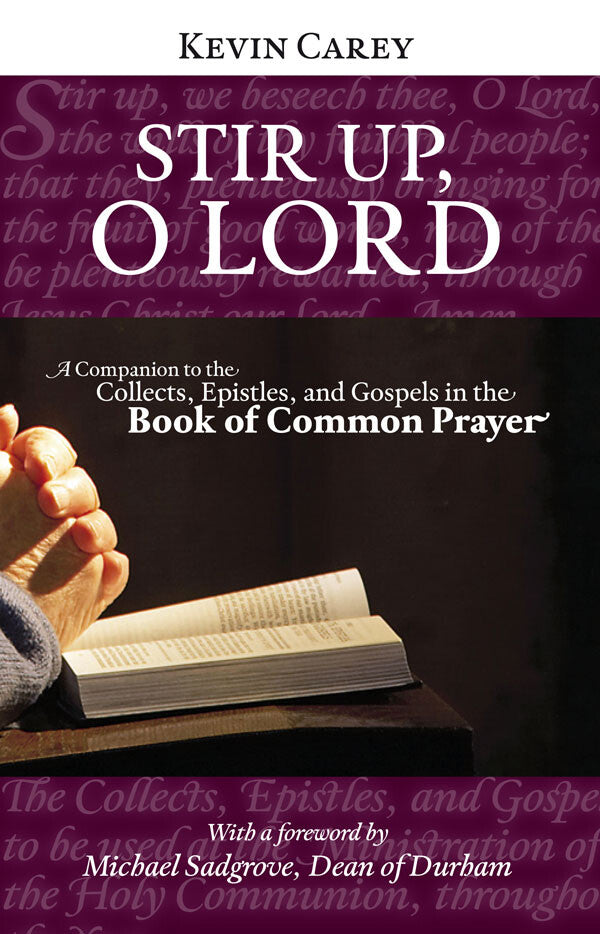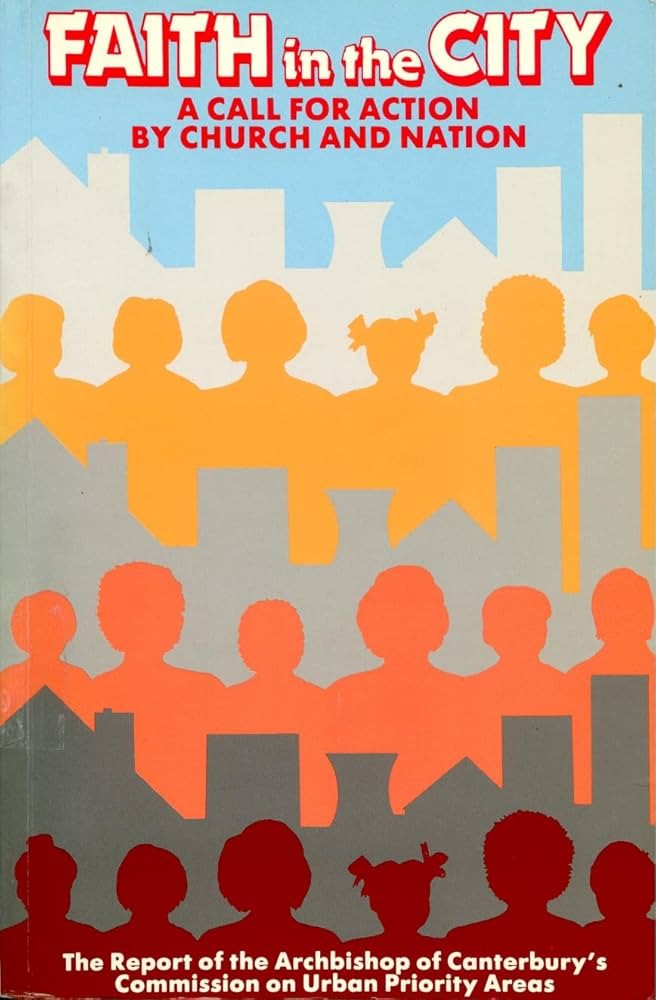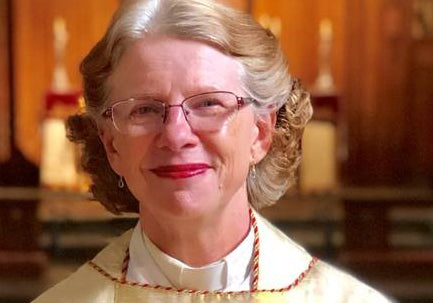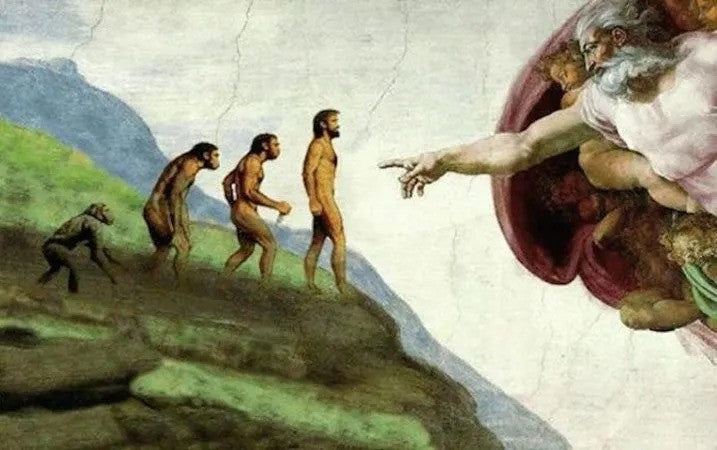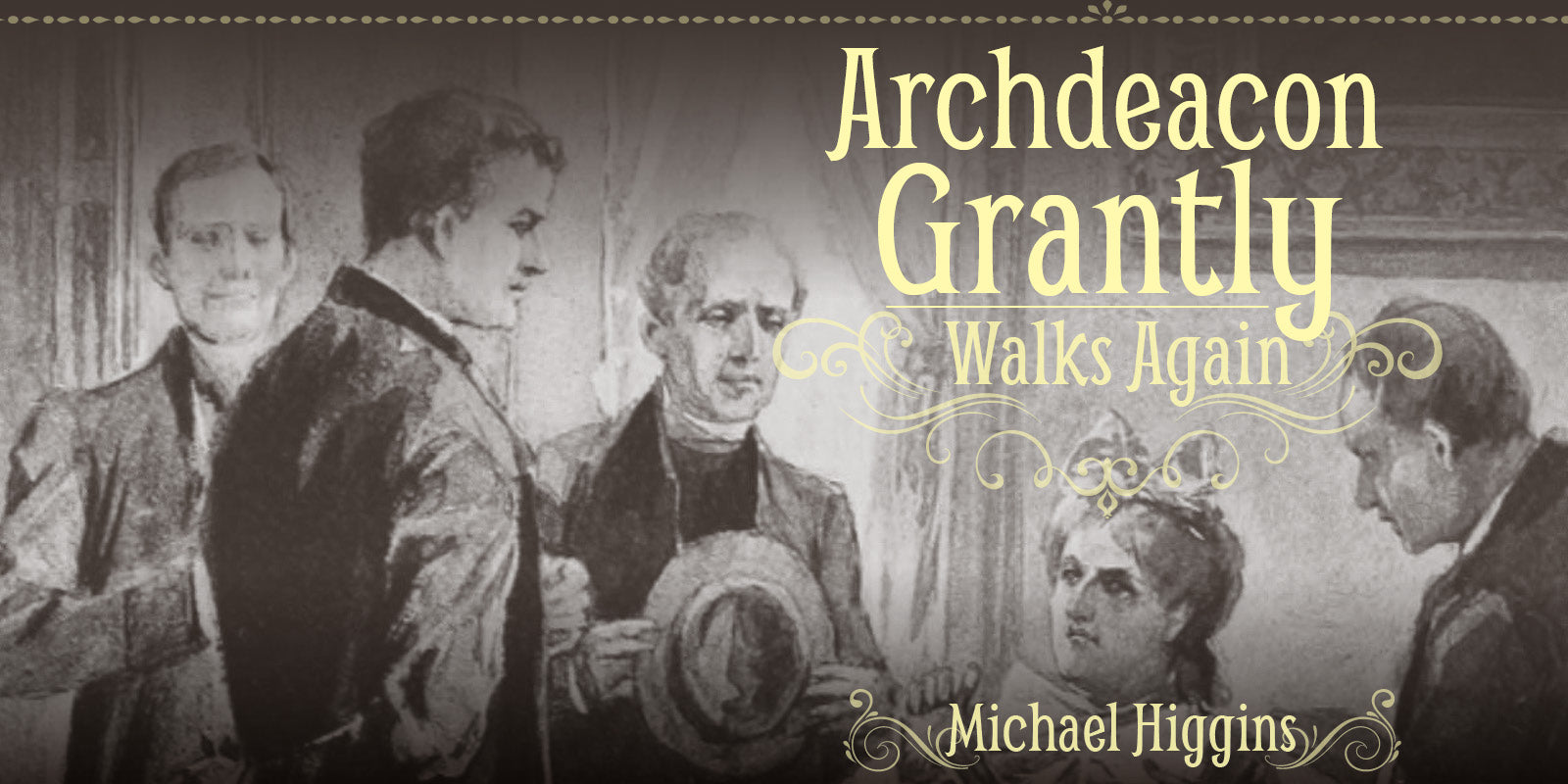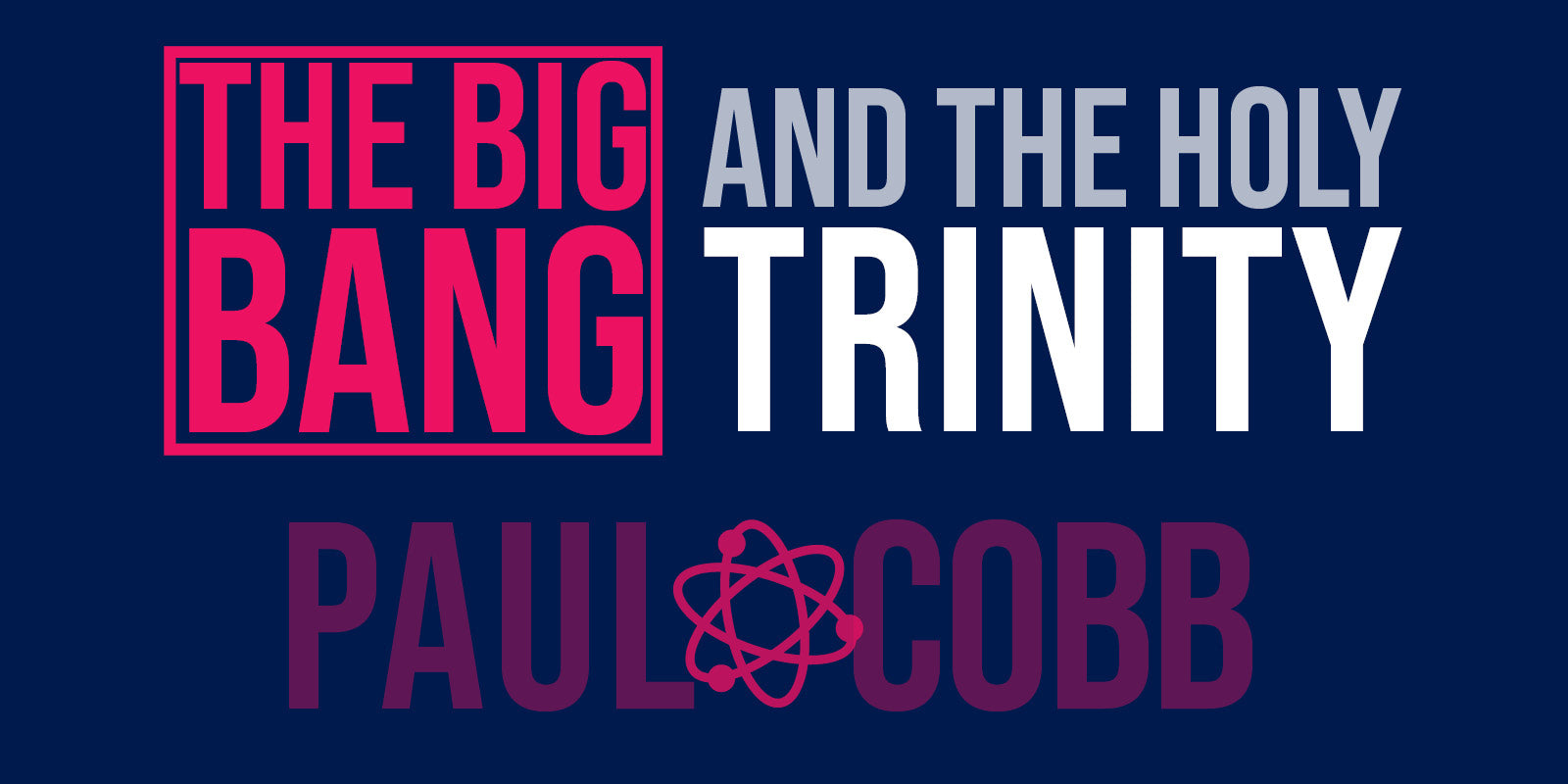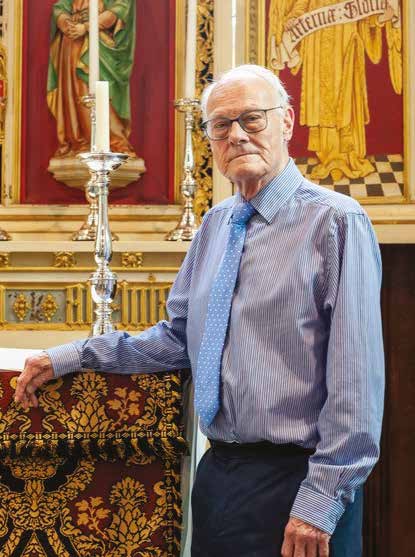We are talking today with Sacristy author Kevin Carey about his fictional series, the Third Testament for the Third Millennium (3T3M). Kevin is the chairman of the RNIB (in addition to being blind himself), a lay minister, published poet, and has worked extensively in the press. The 3T3M series is comprised of Perpetua, Spirit, and the forthcoming Unity, all of which can be purchased from our online store. He has also written a soon to be released commentary on the Collects in the Book of Common Prayer entitled Stir Up, O Lord.
What gave you the idea for the Third Testament for the Third Millennium Series?
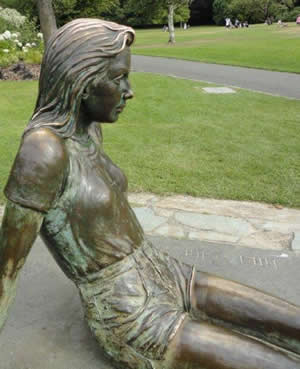
Above: The Golders Hill Girl by Patricia Finch. This statue, located in Golders Hill Park (near Hampstead Heath), gave Carey the inspiration for The Third Testament for the Third Millennium. Photograph: Margaret Carey (with permission of City of London Corporation).
The inspiration for the Third Testament for the Third Millennium (3T3M) grew out of three elements which came together: first, as a theology writer and teacher I was finding it increasingly irksome to explain the background to the life of Jesus, such as farming and fishing methods, religious controversy and politics, so I wanted to explain the basic ideas in a modern setting so that I could concentrate on the essentials; secondly, to this end I put the idea of Perpetua – a girl in the twenty-first century who said she was God – into a sermon, but it didn't quite work so I parked it until I started writing the first book; and thirdly, I only realised earlier this year, when all three books were completed, that the concrete idea of Perpetua came from a sculpture I had touched in the late 1990s in North London of a teenage girl sitting on the ground.
These books are based on the fairly radical (and certainly un-orthodox) premise that there is a fourth person in the traditionally Trinitarian Godhead. To what extent is the series an expression of your theological beliefs?
3T3M is a series of novels in the genre of religious fiction. They don't pretend to represent what I believe. They are just vehicles for exploring theology. It's also important to say that I don't have a problem with plot and content; it's all given in the New Testament. So when you open the first book you know exactly what is going to happen but not quite how. But, then, I didn't know quite how. I had read before that novelists get taken over by their characters, and I certainly got taken over by mine. As soon as they were on the page they began to act in character in ways that I had not anticipated. It may sound pretentious to say this but once I had set them all up, they wrote the books.
How similar is 3T3M to the Second Testament?
I started writing the first book, mirroring the life of Jesus as told in the Gospels, in 2007. As Jesus had effectively said that he was the second person of the Godhead, so Perpetua said she was the fourth. Her story is told by a tabloid journalist (a bit like Mark), a social worker (a bit like Luke), an FE student in media studies (not like any traditional evangelist), and Damian, a theology student (a lot like John). The accounts had overlapping themes but, unlike the Gospels, the novel form required that they were in some way sequential, so that each developed the plot of its predecessor.
To what extent are these novels about the dynamics of new belief within a larger church organization?
Perpetuans are determined not to cause a breach with Christianity, leading to the catastrophe of schism; and just as many early Christians wanted to be both Jewish and Christian, many Perpetuans want to be Perpetuan and Christian. Confronting Perpetuanism forces Christians to think about their own church. How far should Christianity change? What would happen in such vital areas as the doctrine of the Trinity? How would liturgy change with a Perpetuan element? Could a cathedral host both Christian and Perpetuan services? What will happen to church buildings? And where does Perpetua fit in the Christmas crib?
The answers are complex because this Christian church is itself divided into Anglo-Catholic traditionalist (Petrans) and Evangelicals (Torans) with a lot more people in the rather mushy middle (Medians). I chose to give the factions these labels because I wanted to advance arguments in the names of these factions rather than being limited to what the real factions actually say today. Using these fictional factions allowed me to be more honest in the expression of their beliefs than they are themselves, either because they are being tactful or disingenuous. Again, the main purpose is to make the novel work as a vehicle for discussion, not to write a commentary on the Church today.

